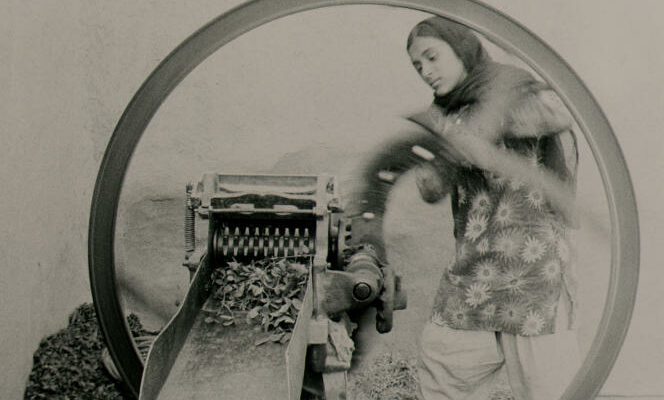On July 6, 2011, a 66-year-old artist, Mani Kaul, a great filmmaker and stubborn reformer, died near New Delhi, no film of which had until then known distribution in France. Eleven years later, the gap is finally filled by a salvo of four feature films that will allow viewers to approach this strange and imposing continent, unlike anything identified in Indian cinema.
There is, in Mani Kaul’s work, a mystery: the lofty splendor of a cinema that invents itself as an autonomous writing, owing nothing, or very little, to classical dramaturgy. Born in 1944 in Jodhpur, the second city of Rajasthan, the man was well educated by studying at the Film and Television Institute of India, where he received the teaching of the most non-conformist of Bengali filmmakers, Ritwik Ghatak (1925-1976), bubbling inventor of forms. After a handful of short films, Mani Kaul signs his first feature, Uski Roti (1969), which immediately established him as one of the main figures of “parallel cinema”, the Indian new wave.
As of this first film appears a second influence, this time more exogenous: that of the Frenchman Robert Bresson (1901-1999), recognizable with the stripping of the play of actor and with this famous diction “white” which borders on abstraction. “Abstract”: the word is dropped, which defines the modernity of Kaul’s cinema, and its own difficulty, its hermeticism in the magical sense of the term, the shots associating less, here, according to a narrative logic than plastic, like so many touches on a canvas.
Waiting for a woman
The program has the advantage of bringing together the first three feature films by this atypical filmmaker, which see his expressive research unfold, while revolving around the same motif, since each depicts the expectation of a woman. In Uski Roti, a young wife crosses the country paths of Punjab every day to wait for her husband, a driver, at the bus stop and give him the bread she has patiently kneaded for this purpose. But the man neglects her, preferring to drink, play cards and maintain a mistress than to return home. Expectation is therefore the subject of this film with a documentary imprint, impregnated with daily village life, but with an unprecedented development, because it is anchored to the anguished subjectivity of its heroine. The deconstructed action thus gives way to a saraband of gestures, looks, noises, breaths, embracing the condition of peasant women like a cubist canvas, where factual and psychic realities are presented on the same level.
You have 45.29% of this article left to read. The following is for subscribers only.
